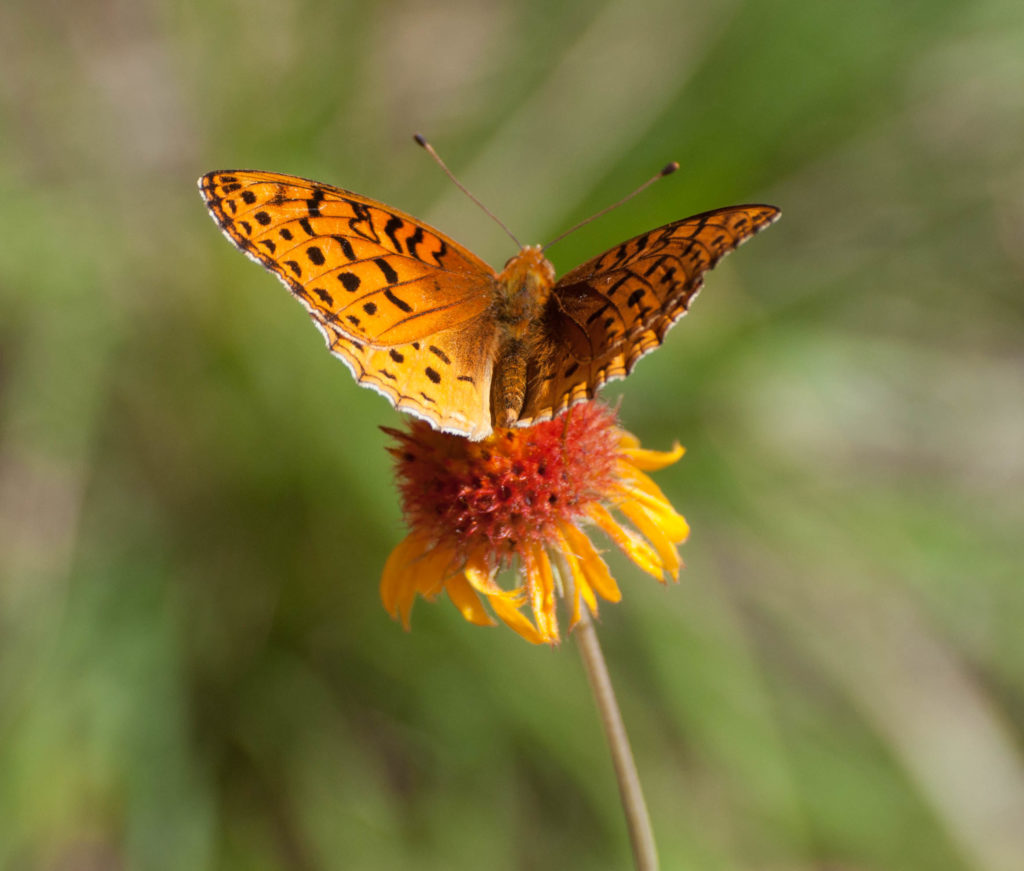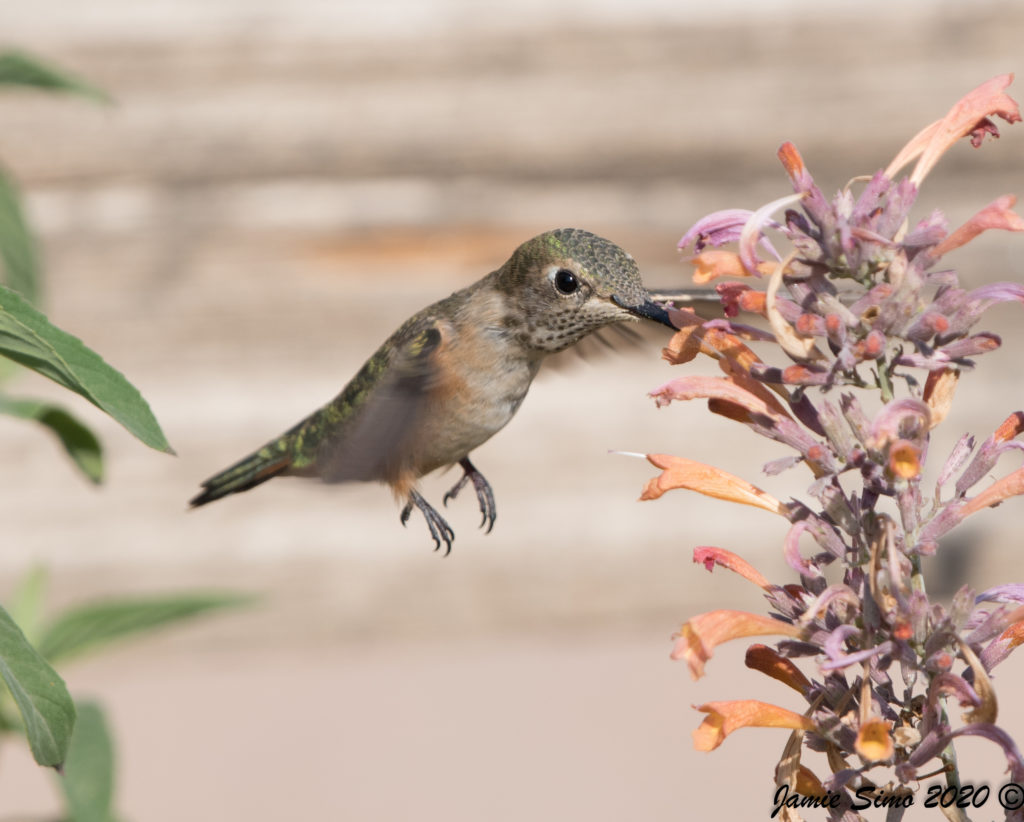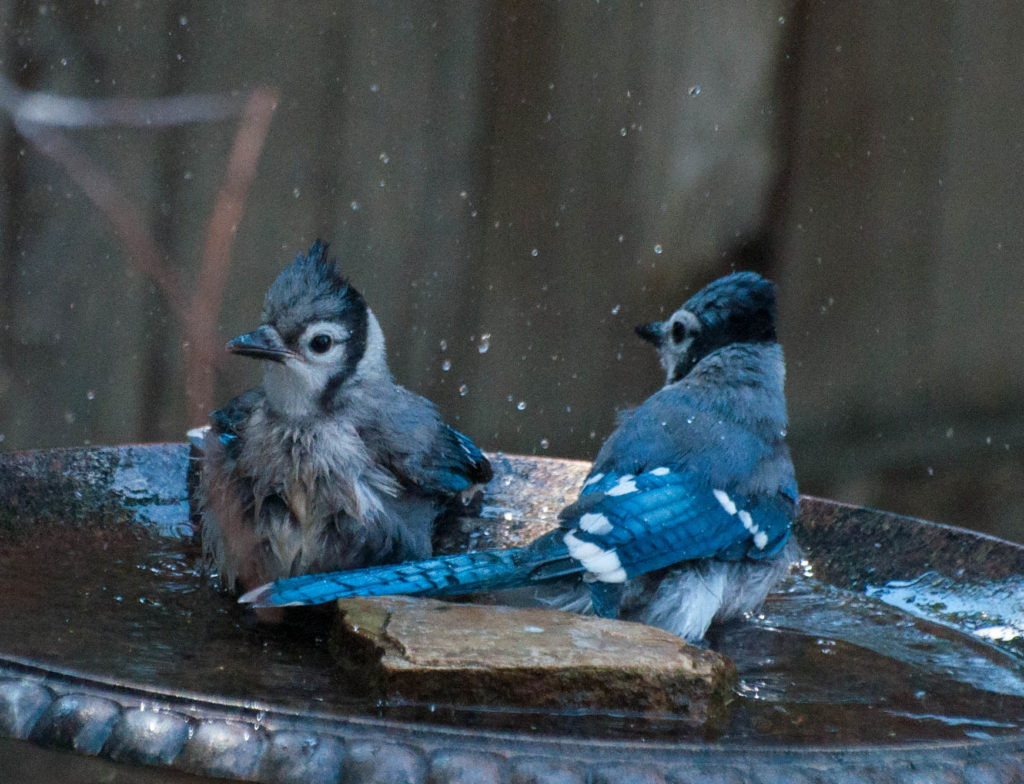Step One: Set Your Objectives
Decide for yourself what you would like to accomplish by creating a wildlife habitat on your property. You may want to limit the habitat to just being bird-friendly or pollinator-friendly. If your interest includes other or all wildlife, you will have to consider the ramifications of encouraging predators and less-desirable species close to your home. It may not be in the best interest of your neighbors as well.
The size and location of the property also plays a big role. Consider your objectives and write them down. This will establish the foundation of your plan.
Possibilities include:
- Wildlife/bird watching
- Nature Photography
- Gardening
- Sharing Nature Experiences
The bottom line is this is your first step in designing your wildlife habitat plan. It will be a good foundation in deciding what boundaries you want to set for yourself. You can always take it to the next level later on at your own pace.
Step Two: Study Your Property
After setting your personal objectives, figure out what you already have and what you may need to add. All the time keep in mind the four essentials of food, water, cover, and space. Strive for diversity and stick with native plants as much as possible. You should plant trees and shrubs that will provide both food and cover. The variety of plants will improve diversity. This reduces disease and insect damage and provides food during seasonal change.
If you cannot install a pond, provide a birdbath. If you cannot plant many trees or shrubs, consider a wildflower meadow. Set up year-round feeding stations to augment natural sources. Don’t forget to consider space; bird-friendly yards separate feeding and watering stations from cover that predators may use by 10 feet or so.
Step Three: Measure Your Property
Measure the boundaries and dimensions of your property to include structures. Sketch it out on graph paper considering elevation, compass direction, and prevailing winds. Consider the wildlife environment on neighboring properties. You may be able to team up with other neighbors to create a “cluster” plan. Decide how you will incorporate the elements of food, space, cover, and water.
Step Four: Deciding What To Add
At every opportunity include native plants in your plan. Develop an action plan that will fit your schedule and budget. You can start small and and leave room for anticipated growth. Reevaluate your habitat plan each year. Check out recommended species with your local plant nursery or with us at FRBC.
Be Sure To Coordinate With Neighbors And Your Homeowner’s Association
Let your neighbors know what your plans are and anticipate any resistance you may encounter. You must be knowledgeable of what plants you want to grow and what wildlife species they will attract. This will prepare you to politely educate neighbors if and when needed. This campaign could result in creating a wildlife or birding corridor. The network of yards can then offer the necessary essential elements birds and other wildlife need for survival.
If you live in a neighborhood that has covenants, be sure to consult them to stay within their limits. If your neighborhood does not have covenants that affect your plan, you may still have to consider zoning restrictions. Check with your county or city chamber of commerce for any compliance issues.
Also consult with your local Division of Wildlife. A ranger will let you know of laws affecting our interaction with wildlife. For example, zoning in your area may make it unlawful to put out food or salt licks for deer or elk.
At the Front Range Birding Company we can help you make your property bird or wildlife friendly. We also know where you can find garden centers that stock native plants and landscape architects who specialize in natural landscaping. Come see us. We would love to help out with your natural habitat plan.




